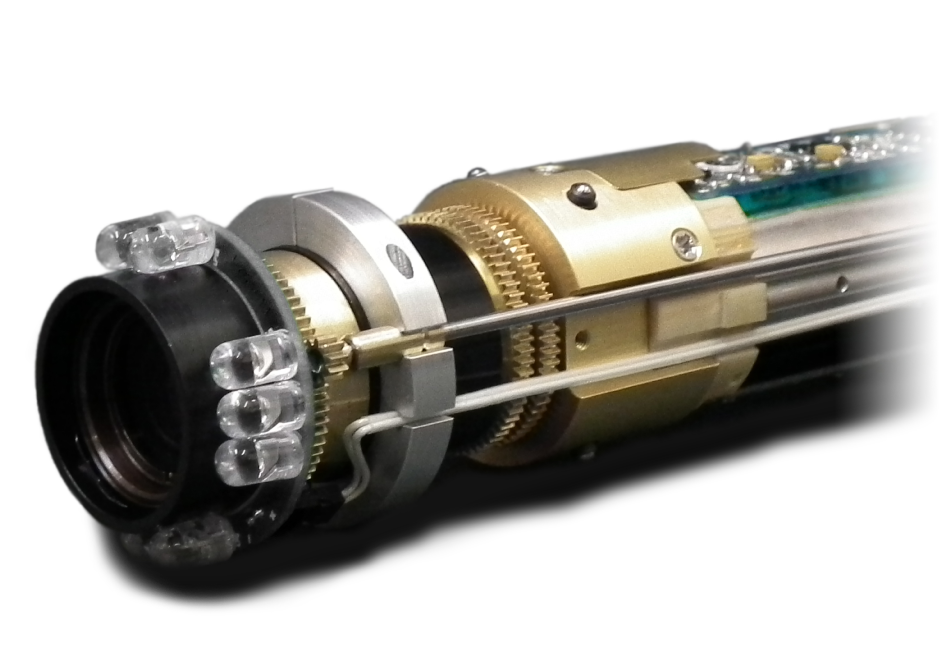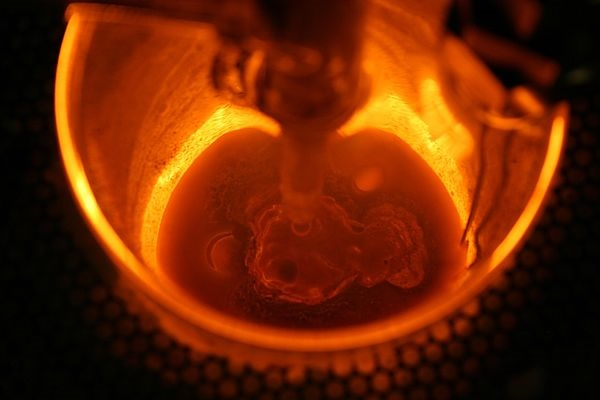Resolve Optics reports on how its non-browning lenses are helping a specialist camera manufacturer to supply a turnkey solution for monitoring remote operations in high radiation environments.
 Resolve Optics lens assembly in camera for monitoring nuclear waste facilities
Resolve Optics lens assembly in camera for monitoring nuclear waste facilities
For the high radiation environments experienced in Nuclear Power stations, Nuclear fuel recycling plant and high energy physics facilities, conventional TV cameras and lenses have a very short life due to radiation damage. Cameras and lenses specifically designed for such environments can operate for 10,000 times longer.
Tony Moon of Custom Cameras Ltd (Wells, UK) said "Our radiation resistant cameras are used in a growing number applications within the Nuclear power industry and large scale physics facilities. In designing cameras for these applicactions, we have to consider the tolerance to radiation of all components as well as the overall design. A key component of this radiation resistant camera system is the lens. We choose to use fixed focus and zoom non-browning lenses from Resolve Optics because of their in-depth knowledge of the requirements of optics used in a nuclear environment, willingness and ability to adapt designs to suit customer requirements, excellent technical support and competitive pricing”.

Illustration of a nuclear fuel cycle facility
Drawing upon nearly 30 years experience – Resolve Optics has built a strong reputation for specialist lens design and manufacture of smaller production quantities of radiation resistant lenses and optical products on time to strict quality and target price guidelines. All optical elements within Resolve Optics non-browning lens designs are made using cerium oxide doped glass or synthetic silica enabling them to withstand radiation doses of up to 100,000,000 rads and temperatures up to 55 °C without discolouration or degradation of performance. All Resolve Optics radiation resistant lenses provide high image resolution and minimum geometric distortion from 400 to 750 nm.